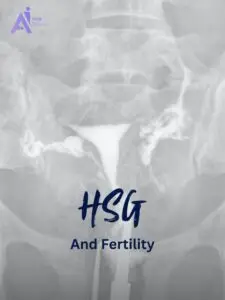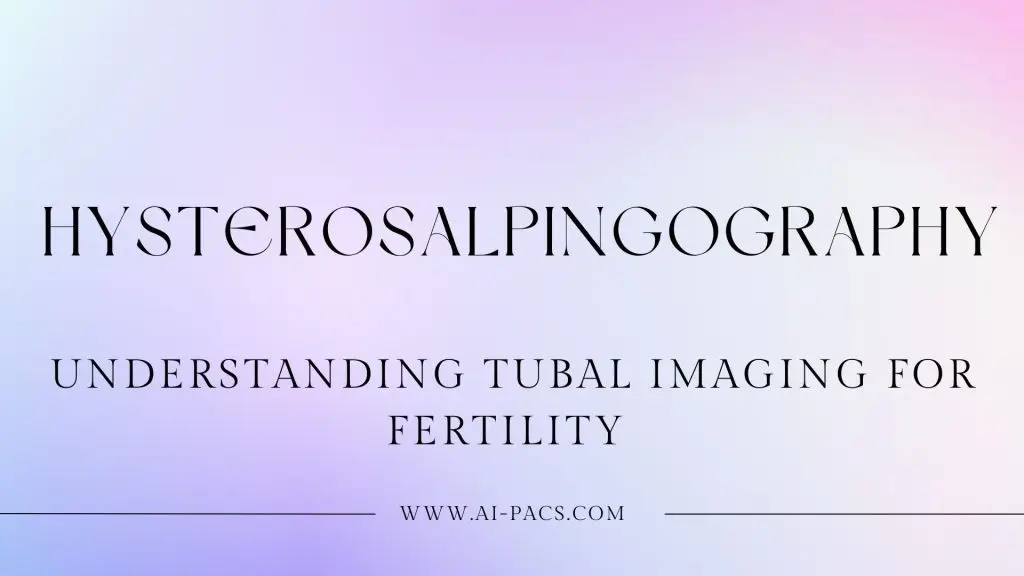Hysterosalpingography (HSG): The Key to Understanding Fertility and Fallopian Tube Health
When women struggle to conceive, one of the most essential steps in a fertility work-up is evaluating the uterus and fallopian tubes. While ultrasound can assess parts of the uterus and cervix, only hysterosalpingography (HSG) allows us to see the fallopian tubes and confirm whether they are open.
In this article, we’ll explain how HSG works, what terms like “tubal patency” and “contrast spillage” mean, and why this test matters in understanding female fertility.
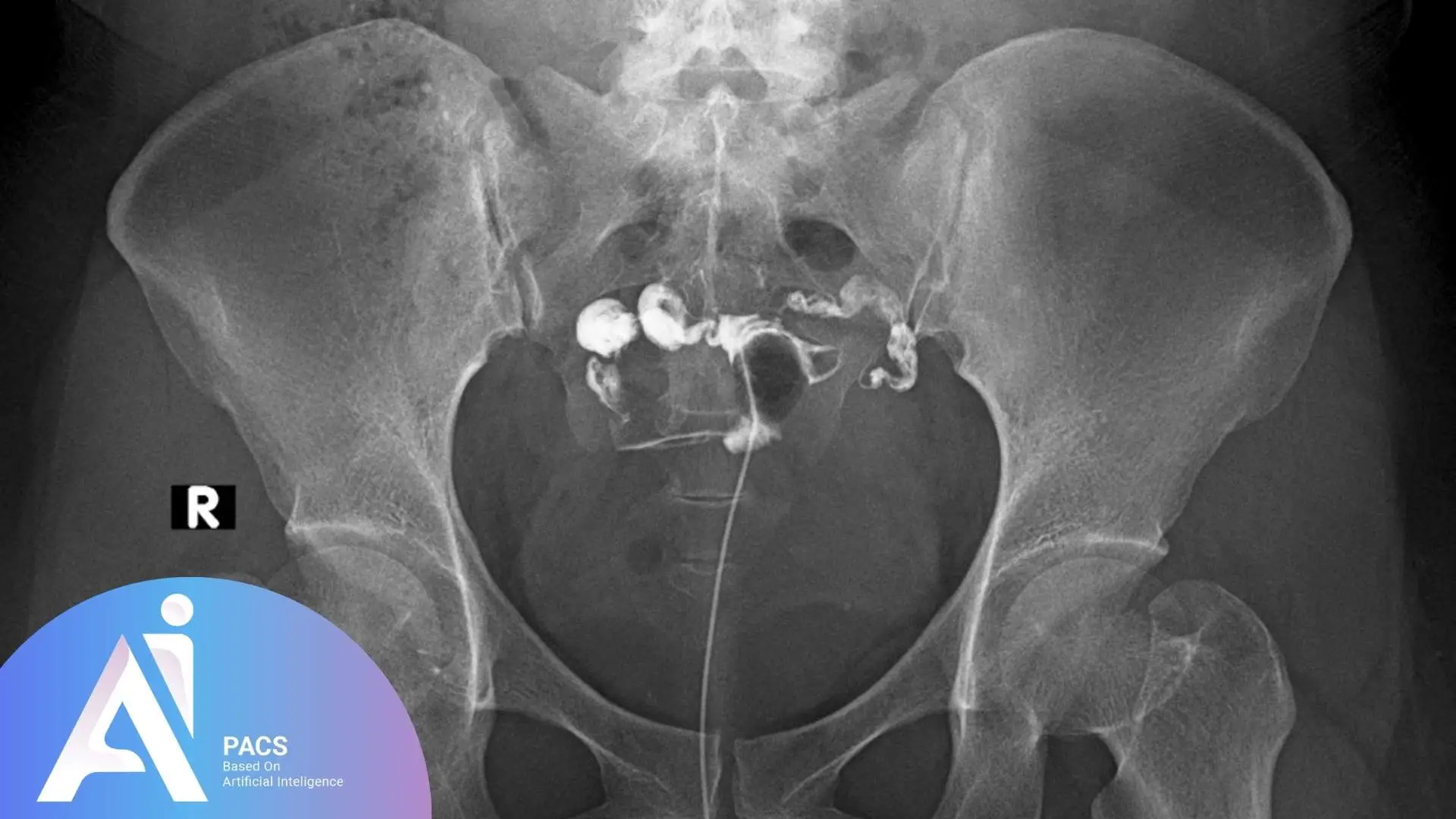
What Does Hysterosalpingography (HSG) Evaluate?
1. The Uterine Cavity and Cervix
HSG helps confirm the shape of the uterine cavity and whether there are polyps, fibroids, or congenital anomalies. The cervical canal is also visualized as contrast flows through it.
While ultrasound can assess parts of the uterus and cervix, HSG provides a more detailed evaluation of the uterine cavity. It’s a crucial step in fertility assessment to rule out any uterine issues that may impact conception.
2. The Fallopian Tubes
Ultrasound cannot visualize fallopian tubes unless they are abnormally dilated. HSG is the only imaging test that allows for the visualization of the entire length of the fallopian tubes in real-time.
The primary goal of the HSG procedure is to determine tubal patency, whether the tubes are open or blocked. This is crucial in understanding fertility, as blocked tubes can prevent sperm from reaching the egg, leading to infertility.
What Happens During an HSG?
Step-by-Step Procedure
The procedure typically involves the following steps:
-
Preparation:
You may be asked to lie on an exam table, and a small catheter is inserted through the cervix. -
Contrast Dye Injection:
A contrast dye is injected into the uterine cavity. This dye will fill the uterus and travel through the fallopian tubes. -
Visualization:
The radiologist will observe the contrast dye as it moves through the tubes. Ideally, it will spill freely into the pelvic cavity, which indicates open tubes.
How Long Does the Procedure Take?
The procedure typically lasts 15-30 minutes. It’s a relatively quick test, although you may experience some cramping during the procedure.
What Is Spillage (Spill or Spill-Out)?
-
Spillage refers to the free flow of contrast dye from the ends of the fallopian tubes into the pelvis. This is a crucial indicator of tubal patency.
-
Normal Result: Bilateral tubal patency with free spillage (both tubes are open and functioning).
-
Abnormal Result: No spillage or partial blockage suggests tubal obstruction, which could affect fertility.
-
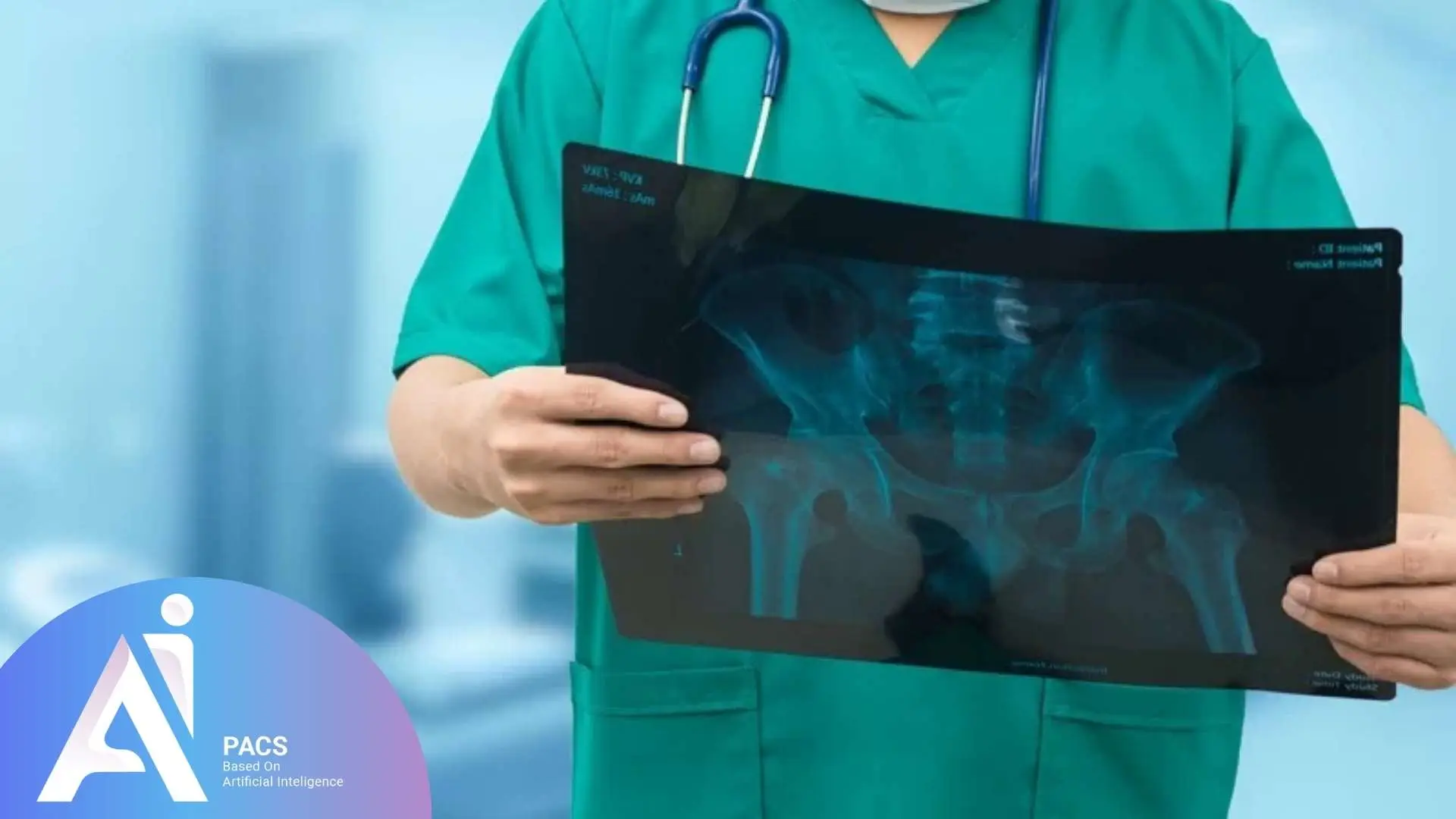
What Can Cause Tubal Damage or Blockage?
The fallopian tubes are essential for the process of conception, as they provide the pathway for the egg to travel from the ovaries to the uterus. Any damage or blockage in these tubes can lead to infertility or increase the risk of complications like ectopic pregnancies. Several conditions can contribute to this problem, including:
1. Pelvic Inflammatory Disease (PID)
PID is an infection of the female reproductive organs, often caused by sexually transmitted infections (STIs) like chlamydia or gonorrhea. When left untreated, these infections can spread to the fallopian tubes, causing inflammation and scarring. The scarring can narrow or completely block the tubes, preventing the egg from reaching the uterus. PID is one of the most common causes of tubal damage and can severely affect fertility.
2. Ectopic Pregnancy
An ectopic pregnancy occurs when a fertilized egg implants outside the uterus, usually in one of the fallopian tubes. This can damage the tube and cause it to become blocked or scarred. Even if the ectopic pregnancy is treated early, the damage to the tube may be permanent, affecting future fertility. A history of one or more ectopic pregnancies significantly increases the risk of tubal blockage or infertility.
3. Endometriosis
Endometriosis is a condition where tissue similar to the lining of the uterus grows outside the uterus, often affecting the ovaries, fallopian tubes, and other parts of the pelvic cavity. The tissue can cause adhesions (bands of scar tissue) to form between organs, including the fallopian tubes. These adhesions can distort the normal structure of the tubes, block the passage for the egg, or interfere with the tube’s ability to pick up the egg after ovulation.
4. Surgery or Prior Infections
Previous pelvic surgeries, such as appendectomies, cesarean sections, or tubal ligations, can sometimes cause scar tissue to form in or around the fallopian tubes. Similarly, any past pelvic infections, whether bacterial or viral, can lead to the development of adhesions or strictures (narrowing) in the tubes. These changes may prevent the eggs from traveling through the tubes or disrupt their ability to be fertilized.
Blocked or damaged fallopian tubes are a common cause of infertility. In cases where both tubes are blocked, natural conception becomes almost impossible. Moreover, blocked tubes can also increase the risk of an ectopic pregnancy, which can be life-threatening if not detected and treated early.
Recognizing and diagnosing tubal damage early can help fertility specialists develop a treatment plan. Options may include assisted reproductive technologies (ART) like in vitro fertilization (IVF), where the eggs are retrieved directly from the ovaries and fertilized outside the body, bypassing the need for open fallopian tubes.
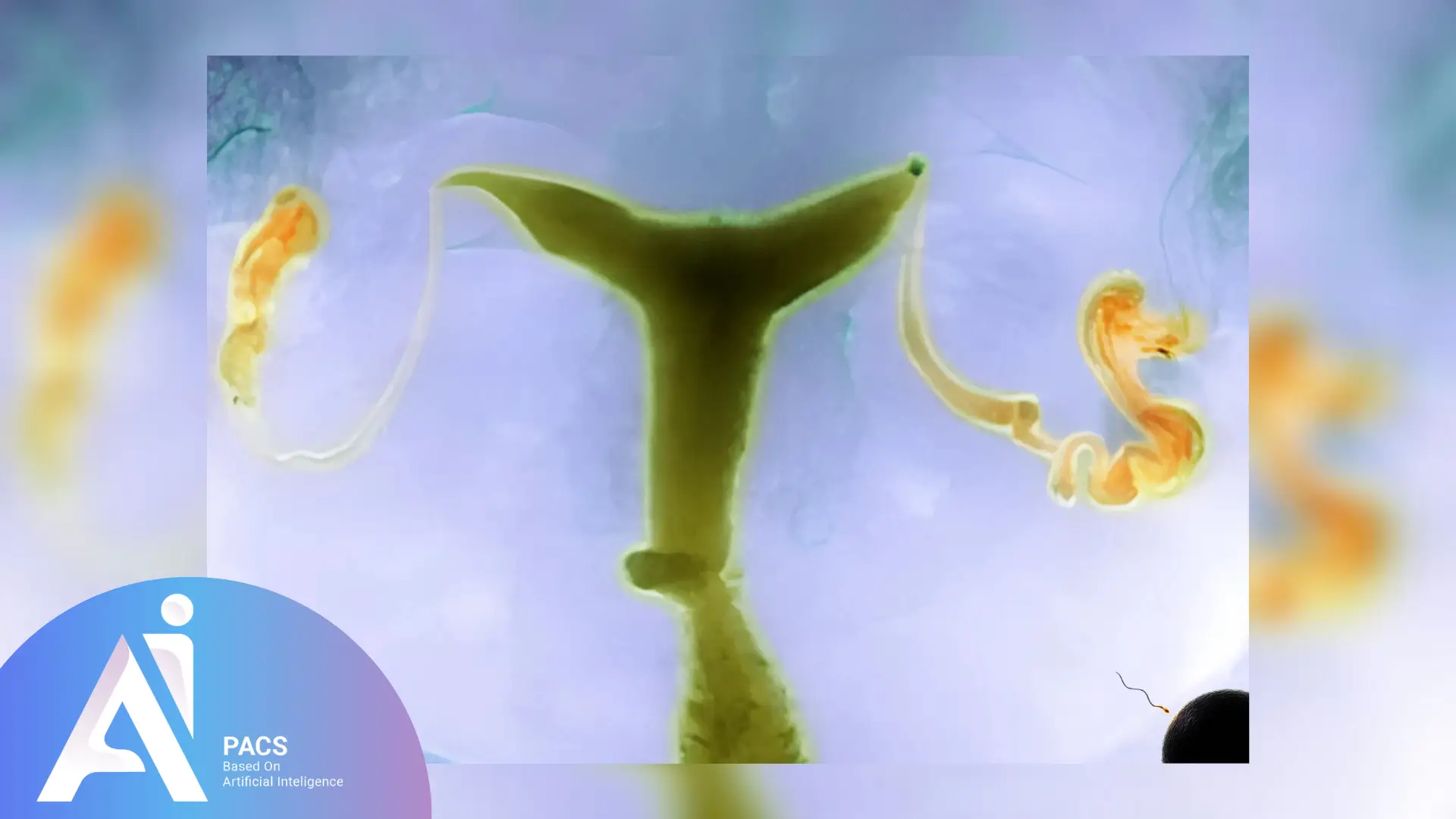
What Do the HSG Findings Mean for My Fertility?
Here’s what the different findings from an hysterography can mean for your fertility:
1. Normal Tubes with Free Spillage
This is the ideal result. It indicates that both of your fallopian tubes are open, and the contrast dye injected during the HSG flows freely through the tubes and spills into the pelvic cavity. This suggests that the tubes are patent (open) and not blocked by any scarring or obstructions.
Having normal, open fallopian tubes greatly increases the likelihood of natural conception. Since the tubes are clear, sperm can reach the egg, and the fertilized egg can travel to the uterus.
This result typically means that your fertility is in good shape, and you have a strong chance of conceiving naturally. If you’ve been trying for a while without success, your doctor may suggest additional fertility tests or treatments based on other factors like ovarian reserve, sperm quality, or age.
2. One Tube Blocked
If one of your fallopian tubes is blocked, the contrast dye may not pass through that tube. This suggests that one tube is obstructed, which can be caused by scarring, adhesions, or other issues. However, the other tube may still be clear and open.
Fertility is still possible, but it may be more difficult. A blocked tube can prevent the egg from reaching the uterus, but if the other tube is open, it can still function normally. However, the chances of conception may be lower than if both tubes were open.
Your fertility specialist will evaluate other factors, such as ovarian health, sperm quality, and uterine health. If other aspects of your reproductive system are functioning well, natural conception may still be achievable. However, your doctor may recommend assisted reproductive techniques (ART) like intrauterine insemination (IUI) to increase the chances of pregnancy.
3. Both Tubes Blocked or Damaged
If both fallopian tubes are blocked or damaged, the contrast dye will not pass through either tube. This is often the result of conditions such as pelvic inflammatory disease (PID), endometriosis, or previous surgeries. Both tubes being blocked can severely impact fertility, as the egg will not be able to meet the sperm for fertilization.
When both tubes are blocked or damaged, the chances of natural conception are significantly reduced. There is also a higher risk of an ectopic pregnancy (where the fertilized egg implants outside the uterus, typically in the fallopian tube), which can be dangerous and requires immediate medical attention.
In this case, IVF (in vitro fertilization) is often the most viable option. IVF bypasses the fallopian tubes entirely by retrieving eggs directly from the ovaries, fertilizing them in the lab, and then implanting the embryos directly into the uterus. This option provides a way to conceive even if both tubes are blocked or damaged.
Why Early Detection Matters
Hysterography is a crucial tool in understanding the condition of your fallopian tubes and uterus, and it helps your fertility specialist determine the best course of action for treatment. By identifying blockages or abnormalities early on, doctors can recommend timely interventions, such as surgical procedures, fertility medications, or ART, to help you achieve your goal of conception.
The key takeaway is that HSG findings are just one piece of the puzzle in evaluating fertility. Your fertility specialist will take these results into account, along with other factors such as your age, hormone levels, and overall reproductive health, to guide your fertility treatment plan.
Does a Hysterosalpingogram Enhance Fertility?
A hysterosalpingogram is primarily a diagnostic procedure used to evaluate the health of the uterus and fallopian tubes, often when a couple is struggling with infertility.
While there is some evidence suggesting that HSG might improve fertility for a short time, the data is not conclusive. A few studies indicate a slight increase in pregnancy rates in the months following a normal uterosalpingography, which may be due to the procedure potentially clearing blockages or improving the flow within the fallopian tubes. However, most fertility specialists primarily use HSG for diagnostic purposes rather than as a fertility treatment.
Overall, hysterosalpingogram is most commonly used to identify structural problems that could be affecting fertility rather than as a direct fertility-enhancing treatment.
Why Getting a Second Opinion on Your HSG Is Smart
HSG interpretation requires experience in women’s imaging. Reports may include phrases such as “distal blockage,” “no spillage,” or “tubal irregularity,” which can be confusing.
A second opinion can help clarify:
- Whether the blockage is complete or partial
- If further tests or surgery are needed
- Whether IVF is the best option
Need to Help Understand Your HSG or Fertility Report?
If you’ve had an HSG or any scan related to fertility and feel unsure about the findings, our expert radiology team can help.
✅ Upload your HSG report for an expert second opinion
references:

